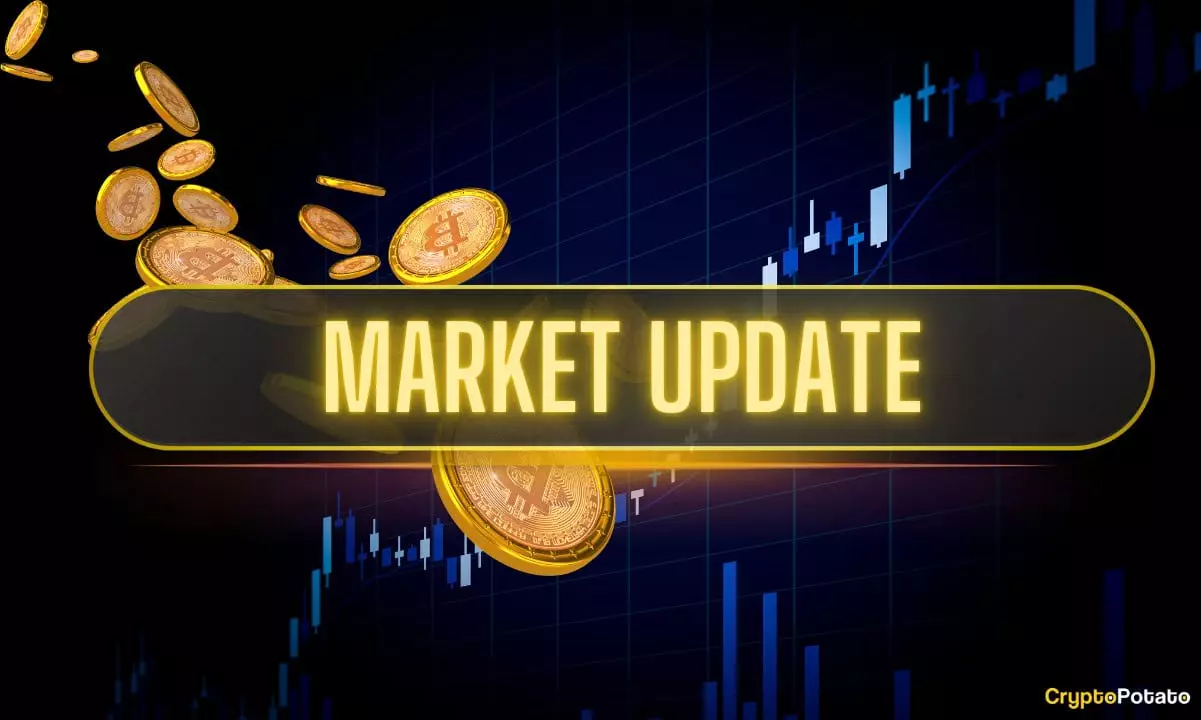In recent weeks, the cryptocurrency landscape has experienced a rollercoaster, clouded with hype and fleeting optimism. Bitcoin smashed multiple all-time highs, peaking near $123,000, only to retrace by hundreds of dollars moments later. Such volatility isn’t just normal—it exposes a fundamental flaw in the current crypto model: the illusion of limitless upward trajectory. The belief that digital assets can sustain endless gains without significant repercussions is misguided. The euphoric rally, driven by recent legislative acts and media hype, dangerously oversimplifies a complex market vulnerable to sharp corrections and external shocks. Investors must recognize that rapid surges often precede steep declines, and this pattern hints at an inherent instability that could threaten mainstream longevity. The narrative that Bitcoin and major altcoins are invincible might be tempting, but history warns us otherwise: markets that function on speculation without solid fundamentals tend to topple unexpectedly.
Regulatory Overreach and Its Potential to Wreck the Digital Economy
The recent legislative developments in the United States, including the passage of acts like the GENIUS Act, have fueled optimism about mainstream adoption. Yet, these same policies could paradoxically backfire, undermining the very infrastructure they aim to support. Centralized regulations risk throttling innovation, strangling emerging projects under layers of compliance that favor entrenched interests. Rather than fostering a balanced ecosystem, heavy-handed laws may catalyze censorship, investor caution, and reduced competition—ultimately stifling growth rather than promoting it. A naive belief in regulatory salvation ignores history; restrictive policies have often led to black markets, underground trading, and innovation migration abroad. If policymakers fail to strike a prudent equilibrium, they risk dismantling the foundational freedoms that enabled crypto to flourish, jeopardizing its future as a decentralized alternative to conventional finance.
The Ethical Dilemmas of a Blockchain Driven by Powerhouses
The involvement of giants like BlackRock and Goldman Sachs in crypto ETFs illustrates a troubling trend. Their massive inflows—over $2.1 billion into ETH-related funds—reframe the narrative from decentralization to centralization of influence. When financial behemoths dominate an asset class that was built on the principle of democratization, questions of control and manipulation inevitably arise. Their entry, while boosting legitimacy and liquidity, also shifts power away from individual investors toward institutional gatekeepers. This concentration risks turning what once was a revolutionary movement into another tool for Big Finance, eroding the ideals of financial sovereignty. Furthermore, the validation by these firms may encourage regulatory crackdowns on smaller players, further entrenching a system where true decentralized innovation becomes an elusive goal rather than a tangible reality.
Technical Overconfidence – When Innovation Masks Vulnerability
Amidst the bullish hype, serious technical concerns remain unaddressed. Developers raising alarms about Bitcoin’s vulnerability to quantum computing represent a stark wake-up call. While mainstream narrative celebrates newfound market caps and inflows, the cryptographic foundations of blockchain are under threat. The call for quantum-resistant upgrades is not just technical nitpicking; it’s a demand for realism in a sector that often glosses over its fragilities. Ignoring such warnings risks creating a fragile house of cards—one that could be torn apart when, not if, quantum computers surpass today’s encryption standards. This disconnect between optimistic market projections and safety considerations highlights a troubling oversight: oversight that could turn a thriving sector into a vulnerable prey for unforeseen technological disruptions.
While the exuberance surrounding recent all-time highs and institutional inflows might appear compelling from a bullish perspective, a sober, centrist evaluation reveals more ominous truths. The sector’s growth is inflated by speculative fervor rooted in short-term hype rather than sustainable innovation. Regulatory overreach threatens to stifle the very freedoms that made crypto revolutionary, transforming it into another tool for a few powerful interests. Meanwhile, technical vulnerabilities pose existential risks that naive optimism often dismisses. If the industry continues down this path without critical self-examination and adherence to sound fundamentals, its so-called disruptive potential could easily be derailed. A grounded, pragmatic approach—acknowledging both its promise and its perils—is essential if cryptocurrencies are to evolve into a resilient, truly progressive financial alternative.

